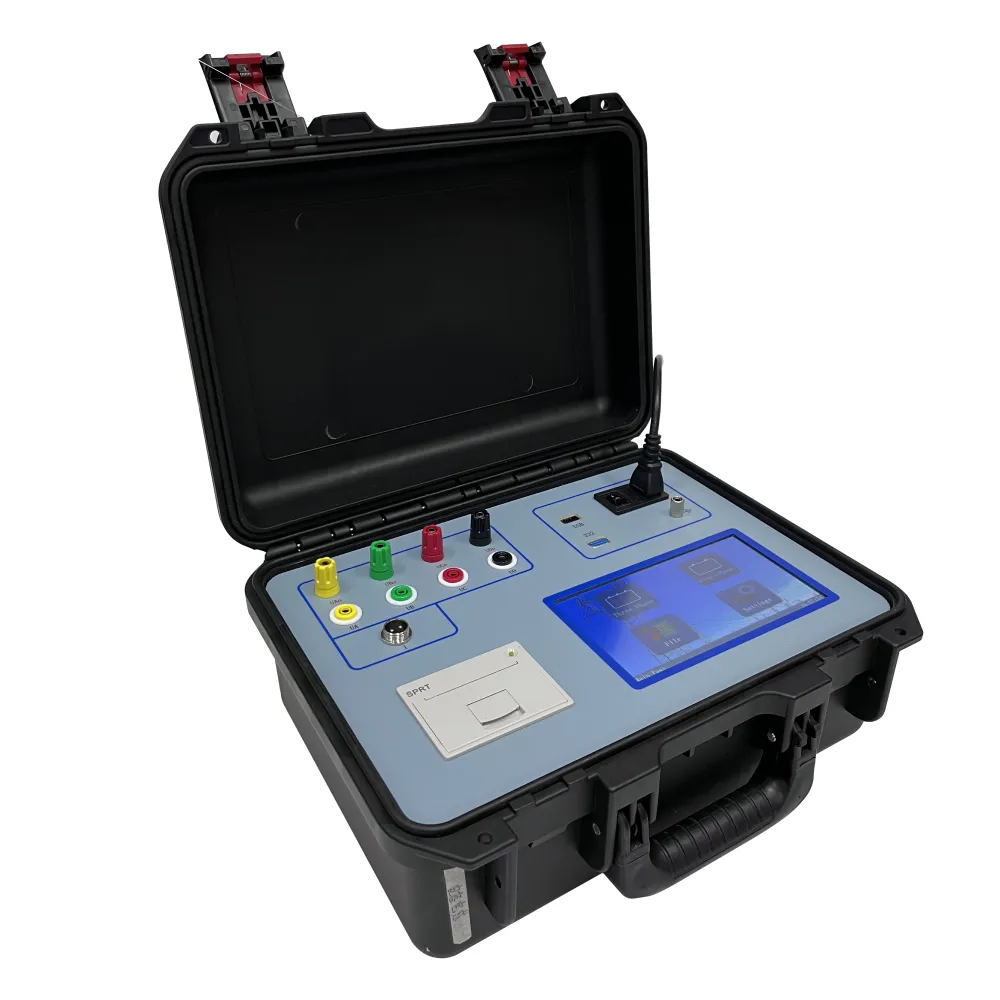 English
English



-
 Afrikaans
Afrikaans -
 Albanian
Albanian -
 Amharic
Amharic -
 Arabic
Arabic -
 Armenian
Armenian -
 Azerbaijani
Azerbaijani -
 Basque
Basque -
 Belarusian
Belarusian -
 Bengali
Bengali -
 Bosnian
Bosnian -
 Bulgarian
Bulgarian -
 Catalan
Catalan -
 Cebuano
Cebuano -
 China
China -
 China (Taiwan)
China (Taiwan) -
 Corsican
Corsican -
 Croatian
Croatian -
 Czech
Czech -
 Danish
Danish -
 Dutch
Dutch -
 English
English -
 Esperanto
Esperanto -
 Estonian
Estonian -
 Finnish
Finnish -
 French
French -
 Frisian
Frisian -
 Galician
Galician -
 Georgian
Georgian -
 German
German -
 Greek
Greek -
 Gujarati
Gujarati -
 Haitian Creole
Haitian Creole -
 hausa
hausa -
 hawaiian
hawaiian -
 Hebrew
Hebrew -
 Hindi
Hindi -
 Miao
Miao -
 Hungarian
Hungarian -
 Icelandic
Icelandic -
 igbo
igbo -
 Indonesian
Indonesian -
 irish
irish -
 Italian
Italian -
 Japanese
Japanese -
 Javanese
Javanese -
 Kannada
Kannada -
 kazakh
kazakh -
 Khmer
Khmer -
 Rwandese
Rwandese -
 Korean
Korean -
 Kurdish
Kurdish -
 Kyrgyz
Kyrgyz -
 Lao
Lao -
 Latin
Latin -
 Latvian
Latvian -
 Lithuanian
Lithuanian -
 Luxembourgish
Luxembourgish -
 Macedonian
Macedonian -
 Malgashi
Malgashi -
 Malay
Malay -
 Malayalam
Malayalam -
 Maltese
Maltese -
 Maori
Maori -
 Marathi
Marathi -
 Mongolian
Mongolian -
 Myanmar
Myanmar -
 Nepali
Nepali -
 Norwegian
Norwegian -
 Norwegian
Norwegian -
 Occitan
Occitan -
 Pashto
Pashto -
 Persian
Persian -
 Polish
Polish -
 Portuguese
Portuguese -
 Punjabi
Punjabi -
 Romanian
Romanian -
 Russian
Russian -
 Samoan
Samoan -
 Scottish Gaelic
Scottish Gaelic -
 Serbian
Serbian -
 Sesotho
Sesotho -
 Shona
Shona -
 Sindhi
Sindhi -
 Sinhala
Sinhala -
 Slovak
Slovak -
 Slovenian
Slovenian -
 Somali
Somali -
 Spanish
Spanish -
 Sundanese
Sundanese -
 Swahili
Swahili -
 Swedish
Swedish -
 Tagalog
Tagalog -
 Tajik
Tajik -
 Tamil
Tamil -
 Tatar
Tatar -
 Telugu
Telugu -
 Thai
Thai -
 Turkish
Turkish -
 Turkmen
Turkmen -
 Ukrainian
Ukrainian -
 Urdu
Urdu -
 Uighur
Uighur -
 Uzbek
Uzbek -
 Vietnamese
Vietnamese -
 Welsh
Welsh -
 Bantu
Bantu -
 Yiddish
Yiddish -
 Yoruba
Yoruba -
 Zulu
Zulu
inductance breakpoint test
Understanding the Inductance Breakpoint Test A Comprehensive Overview
Inductance is a key parameter in electrical engineering and plays a crucial role in the design and function of various electronic components, including coils, transformers, and inductors. One of the critical assessments that electrical engineers perform to ensure the reliability and efficiency of these components is the Inductance Breakpoint Test. This article delves into the purpose, methodology, and implications of this test.
What is Inductance?
Inductance is the property of a conductor by which a change in electrical current induces a voltage in the conductor itself (self-inductance) or in a nearby conductor (mutual inductance). It is measured in henries (H). The behavior of inductors is essential in filtering circuits, energy storage, and various applications in power electronics.
Purpose of the Inductance Breakpoint Test
The Inductance Breakpoint Test is primarily designed to identify the frequency at which the inductance value of a component begins to change significantly. This is critical because inductors have varying rates of reactance depending on the frequency of the applied signal. Understanding the breakpoint—where the linear inductance behavior shifts—allows engineers to predict the performance of inductive components in real-world applications.
Methodology of the Inductance Breakpoint Test
1. Preparation of the Test Sample Select the inductor or coil for testing. Ensure that the component is in good condition, free from physical damage, and its specifications are known.
2. Equipment Setup Connect the inductor to an impedance analyzer or LCR meter capable of sweeping frequencies. The device should have a range that encompasses the expected operating frequencies of the inductor.
3. Frequency Sweep Perform a frequency sweep, usually starting from a low frequency (around 1 Hz) and moving up to several megahertz. The objective is to gather inductance values across a broad frequency spectrum.
inductance breakpoint test

4. Data Collection As the frequency increases, the inductance values are recorded. It is important to note both the inductance and the corresponding frequency at each point to determine the behavior of the component.
5. Analysis Plot the inductance values against frequency on a graph. The point where the inductance begins to deviate significantly from its nominal value indicates the inductance breakpoint. This provides insight into the effective use of the component in circuit designs.
Implications of the Inductance Breakpoint Test
The results from the Inductance Breakpoint Test are invaluable for several reasons
- Component Selection Engineers can make informed decisions when selecting inductors for specific applications based on their frequency response characteristics.
- Circuit Design Understanding inductance behavior at different frequencies aids in the design of circuits, particularly in filter circuits, where inductors and capacitors are used to achieve desired frequency characteristics.
- Performance Prediction By identifying the breakpoint, engineers can predict how the inductor will perform in real-world environments, ensuring reliability and efficiency in electronic devices.
- Quality Control For manufacturers, conducting these tests helps maintain quality by ensuring that each inductor meets specified inductance criteria.
Conclusion
The Inductance Breakpoint Test is a fundamental tool in electrical engineering that helps characterize inductive components across varying frequencies. By understanding how inductors behave at different frequencies, engineers not only improve the design and selection of components but also enhance the performance and reliability of electronic systems. As technology continues to advance, the importance of such tests will undoubtedly grow, paving the way for more sophisticated and efficient electronic applications.
-
Testing Equipment Industry Sees Major Advancements in 2025: Smart & Precision Technologies Lead the WayNewsJun.06,2025
-
Applications of Direct Current Generators in Renewable Energy SystemsNewsJun.05,2025
-
Hipot Tester Calibration and Accuracy GuidelinesNewsJun.05,2025
-
Digital Circuit Breaker Analyzer Features and BenefitsNewsJun.05,2025
-
Benefits of Real-Time Power Quality Monitoring Devices for Industrial EfficiencyNewsJun.05,2025
-
Earth Fault Loop Testing in High-Rise Building Electrical SystemsNewsJun.05,2025



